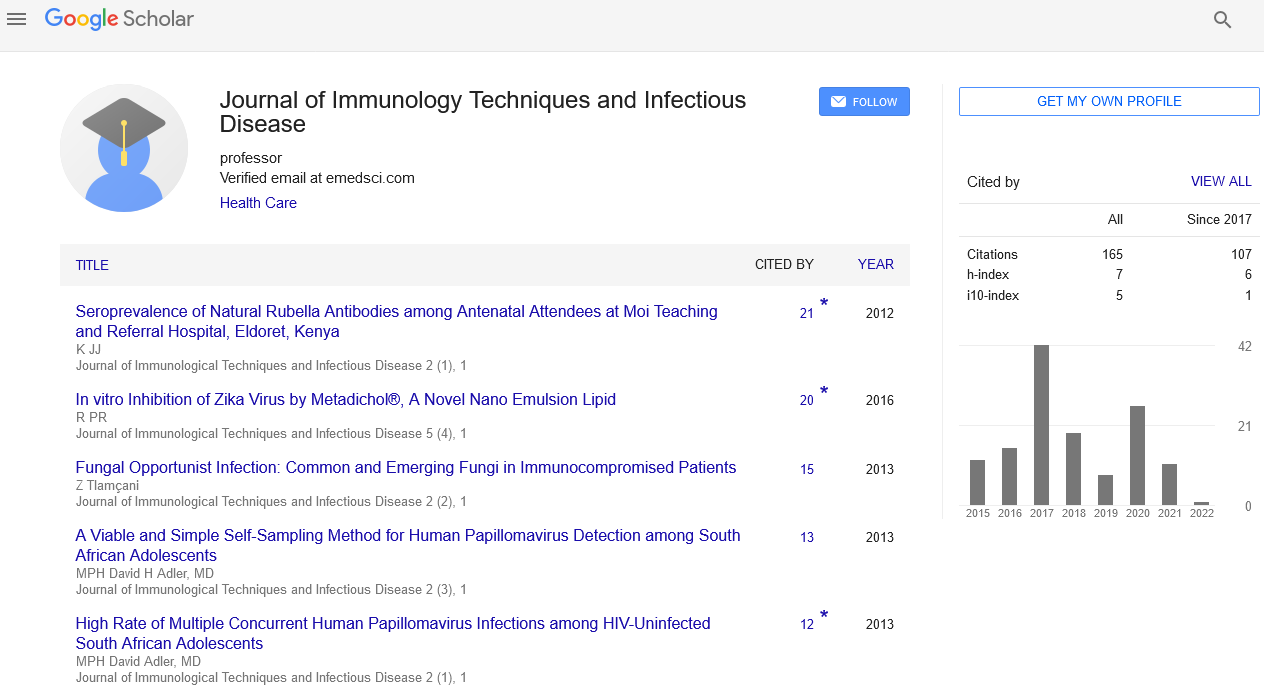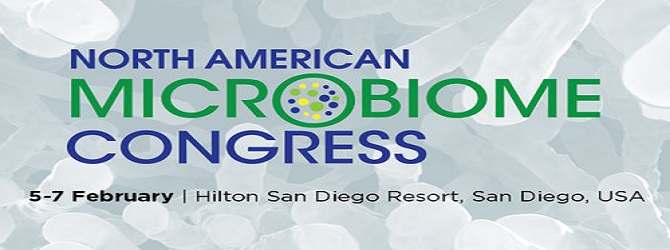Perspective, J Immunol Tech Infect Dis Vol: 11 Issue: 2
Modeling of Coronavirus Transmission In Dental Clinics, Measles Virus, Influenza Virus, Mycobacterium Tuberculosis, and Legionella Pneumophila
Zarmiga Karunanithi*
Department of Internal Medicine and Clinical Immunology, University Hospital, Angers, France
*Corresponding Author: Zarmiga Karunanithi
Department of Internal Medicine and Clinical Immunology, University Hospital, Angers, France
Email: zarmigakarunanithi@gmail.com
Received date: 01 March, 2022, Manuscript No. JIDIT-22-58925;
Editor assigned date: 07 March, 2022; Pre QC No. JIDIT-22-58925 (PQ);
Reviewed date: 14 March, 2022, QC No. JIDIT-22-58925;
Revised date: 24 March, 2022, Manuscript No: JIDIT-22-58925 (R);
Published date: 30 March, 2022, DOI:10.4172/2329-9541.1000321.
Citation: Karunanithi Z (2022) Modeling of Coronavirus Transmission In Dental Clinics, Measles Virus, Influenza Virus, Mycobacterium Tuberculosis, and Legionella Pneumophila. J Immunol Tech Infect Dis 11:2.
Keywords: Measles Virus; Influenza Virus; Mycobacterium Tuberculosis
Introduction
The coronavirus disease (COVID-19) outbreak, which is caused by the severe acute respiratory syndrome coronavirus 2 (SARS-CoV-2), has had a global impact on public health and health-care personnel. Pandemics are rare, but earlier years have seen seasonal regional outbreaks of extremely dangerous airborne viruses. Influenza virus, Mycobacterium tuberculosis, and measles virus are the most commonly reported infectious pathogens that cause airborne infections. Dental Health Care Workers (DHWs) come into contact with a huge number of patients on a regular basis. These patients may unwittingly possess infectious infections that are spread through the air, putting DHWs at risk during dental treatment. This could result in infectious infections being transmitted to DHWs during dental treatment. The generation of spatters and aerosols is induced by sneezing, coughing, talking, and breathing. Airborne pathogens are more likely to enter the dental practise and contaminate DHWs, especially during seasonal epidemics or illness outbreaks. DHWs are at risk of infection from dental unit waterlines, which can harbour pathogens such nontuberculous Mycobacterium spp., Pseudomonas aeruginosa, and Legionella pneumophila. Aerosols and splatters produced by dental devices can transfer these infections. Infection management measures can help to reduce the spread of airborne infections to DHWs. For example, a face mask acts as a physical barrier against splatters caused by dental unit water, as well as blood and saliva from patients. A face mask prevents some of the aerosols from being inhaled. The proportion of pathogens screened, on the other hand, is determined by the face mask's filter performance and fit. Furthermore, microbial contamination of air can be decreased by increasing ventilation or removing the infectious source, allowing patients with respiratory symptoms that may be related to an infectious disease to delay treatment. Previous research has looked into the transmission probability of airborne infections in both health care and non-health care environments. One technique to estimate this likelihood is to use relevant parameters and accessible data to create a mathematical model that estimates the probability of transmitting specific viruses under various scenarios. In the case of the COVID-19 outbreak, the latter is currently relevant. This equation has been used to analyse the dynamics of airborne pathogen transmission and to determine the probability of airborne pathogen transmission in a limited space. The equation can be used to calculate the chance based on differences in indoor CO2 levels, infectious particle counts, and respiratory protection levels, among other factors.
Discussion
Patients coughing, sneezing, and chatting, as well as high-speed dental equipment, produce spatters and aerosols in the dental clinic. Every day, between 20 to 30 people visit a dentist office, making pathogen transmission a possibility. However, the proportional risk of numerous airborne pathogens being transmitted at a dentistry office is unknown. The chance of transmission was low for M. tuberculosis and L. pneumophila, but high for the measles virus, according to our findings. The CO2 concentration in the dental office had the greatest impact on the risk of transmission. Indoor CO2 concentrations serve as a warning sign of poor air quality and ventilation. As a result of improved ventilation, which results in a lower CO2 concentration, the risk of transmission is reduced. A prior study linked a low ventilation rate to an elevated transmission rate of Mycobacterium TB, demonstrating the importance of indoor air quality in the prevention of airborne pathogen transmission. In both health care and non-health care settings, the importance of continual air changes was emphasised. Even when the interior air quality is good, transmission of the measles virus is quite likely to occur in the presence of high quanta. Because the amount of respiratory protection is so low, it had only a minimal impact on the likelihood of transmission. Regular medical face masks filter around 24% of particles with a diameter of 2.0 m. This amount of protection is only valid for masks that fit snugly, as face seal leaking reduces respiratory protection. A moistened mask, which normally happens after 20 to 30 minutes of usage, offers no protection against bacteria or viruses. A decrease in transmission probability was seen when the transmission probability was modelled with an FFP2 mask (N95 mask). However, because of the low average risk of pathogen transmission and the difficulty breathing while wearing such a mask, FFP2 masks are not commonly used in dentistry clinics.
Virus particles with a diameter of 2.0 m can pass through many types of masks and be inhaled by the wearer, while an FFP2/N95 mask reduces the risk of viral transmission by 1.5 A to 2.0 A portion of the released viruses, on the other hand, can be contained as big aerosol particles and prevented from being inhaled using a medical face mask. Although the sensitivity study involves varied exposure times, the transmission probability is presented per hour. In a dental office, not every patient spends an hour in the treatment room. Regular check-ups can take anywhere from 10 minutes to 15 minutes, while regular treatment might take anywhere from 30 minutes to 40 minutes. As a result, if the contact time is short, the transmission chance is significantly reduced. However, if the treatment time is prolonged, as in endodontic treatment, lengthy restorative treatment, or surgical treatment, the likelihood of transmission increases. A similar argument may be made for the number of patients treated per day in the clinic: The higher the risk, the more patients are treated. On the basis of direct available or estimated quanta, the transmission probability was predicted. These quanta were calculated using disease transmission rates from research conducted in a variety of settings, including hospitals, public marketplaces, and aeroplanes. The generated quanta were influenced by the specific circumstances in these environments, and they are the best currently available. The same may be said for SARS-CoV-1 quanta estimation, which was employed as a proxy for SARS-CoV-2.
There are variances between the two, despite the fact that they are similar in many aspects. The transmissibility, infectious duration, and mortality rate appear to be slightly different; however, precise data is not yet available. Extrapolation of data generated for SARS-CoV-1 into SARS-CoV-2 assumptions should therefore be done with caution. Because the ID50 in humans is unknown, the results for L. pneumophila must likewise be regarded with caution. Because L. pneumophila is a clinically important pathogen, we opted to base our research on the best available data. Regardless of local disease prevalence rates, we calculated the chance of transmission in the event that a DHW is exposed to an infectious patient. In disease-endemic areas, however, the chances of meeting an infected person are increased. As a result, in disease-endemic locations, the actual risk of developing an infectious disease for DHWs is higher. Furthermore, the virulence of each pathogen differs between strains, affecting the risk of infection for DHWs. Carriers who are asymptomatic or presymptomatic may nevertheless expel virus particles or germs through aerosolized saliva. They are contagious, but the microbial load is usually lower, therefore the risk of transmission is likely to be decreased as well. Aside from transmission risk, virulence differences, and the quantity of contagious people in the immediate environment, the risk of contracting an infectious disease is determined by the immunological condition of the individual. People with weakened immune systems, such as those with HIV or cancer, are more likely to contract an infectious disease. There is currently insufficient data to include these confounders in transmission probabilities calculations. There are some drawbacks to using the Wells-Riley equation. The infectious dosage (quanta) is assumed to be constant throughout time and to have a homogeneous spatial distribution in the equation. However, the quantity of infectious particles is larger near the patient and decreases as time passes and the patient moves further away from the source. In addition, each disease has a different survival time based on the humidity and temperature in the room. This has an effect on the average produced quanta over time, causing the transmission probability to be underestimated or overestimated. The model also assumes that not just droplets, but also exhaled breath, are contagious. Patients infected with SARS-CoV-2 or influenza virus do not fall into this category. Only those who sneeze or cough are potentially infectious, increasing the probability of transmission. However, during treatment, aerosol is created, which may include a similar number of pathogens as coughing or sneezing, therefore this transmission pathway is believed to be included in the equation. Other bacteria that can be spread in the dental clinic include non-tuberculosis Mycobacterium and aeruginosa. Quanta values for these airborne pathogens are unfortunately unavailable.
 Spanish
Spanish  Chinese
Chinese  Russian
Russian  German
German  French
French  Japanese
Japanese  Portuguese
Portuguese  Hindi
Hindi 
